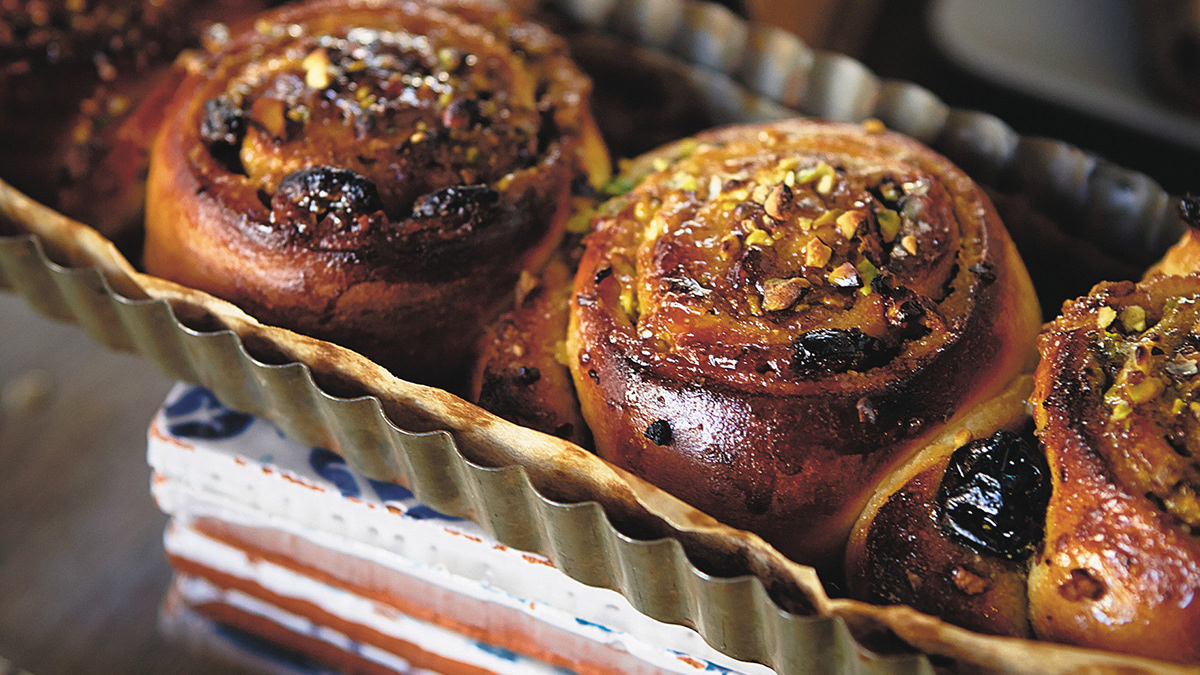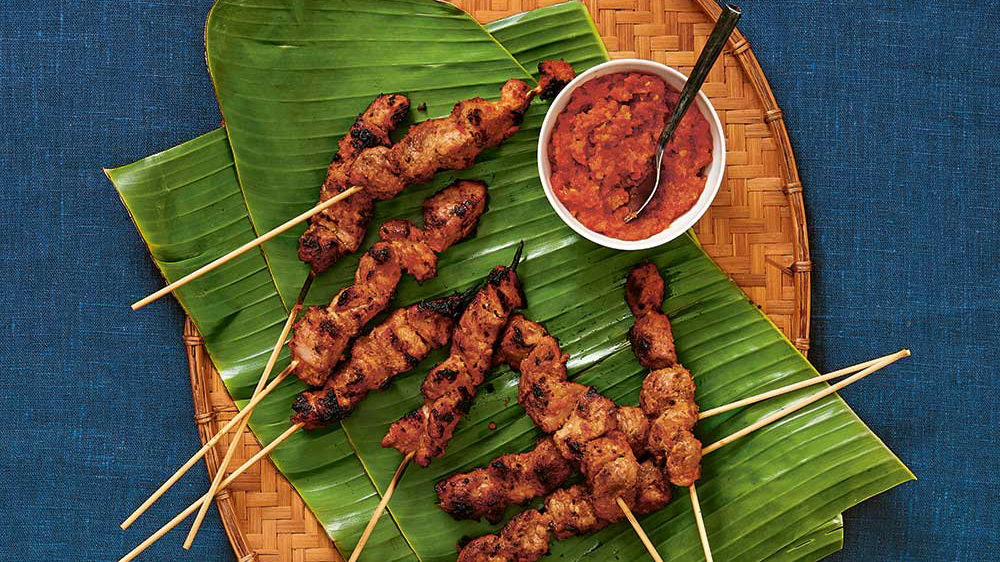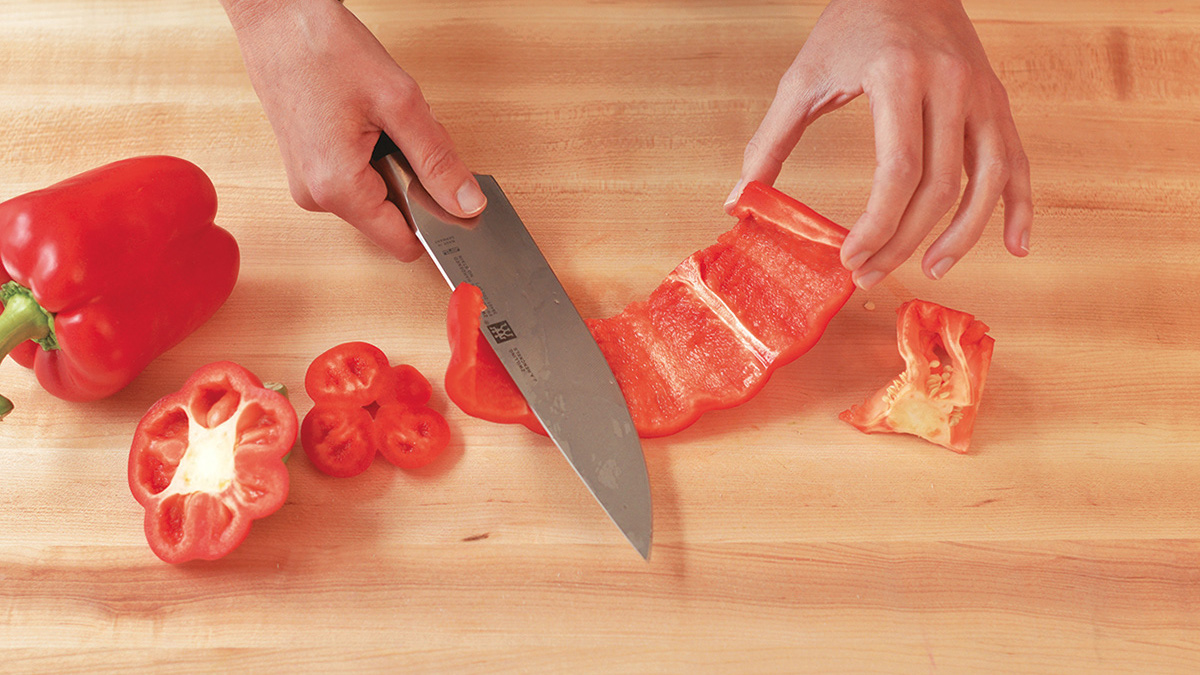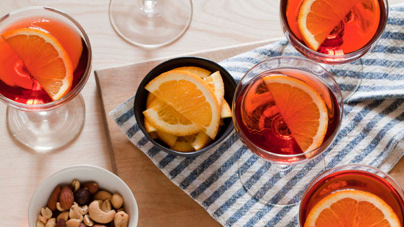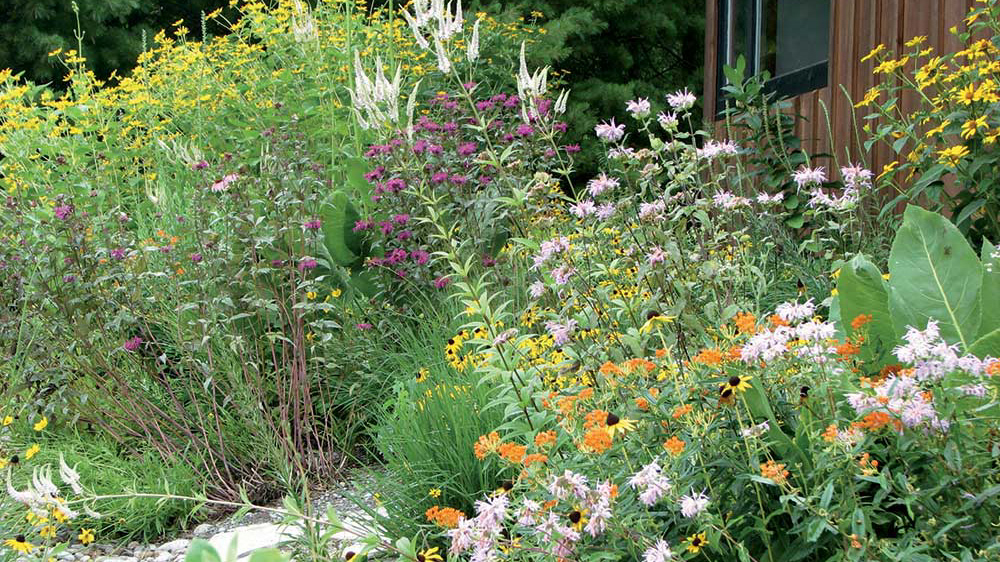PHOTO: Phaidon Press; Magnus Nilsson butchering in the Fäviken kitchen
Laura Brehaut/Postmedia News
Originally published on April 12, 2013; canada.com
Originally published on April 12, 2013; canada.com
Executive Chef Magnus Nilsson is a rising culinary star with a message: by choosing to cook both locally and sustainably, Nilsson communicates a deep appreciation for “real food” (rektún mat in his local dialect) that has contributed to his success. He hunts, fishes and forages, and is well-versed in making the most of his sub-Arctic environment. The 30-year old Swedish chef has been running Fäviken Magasinet since 2008, and the restaurant’s rural location in Järpen, 750 km north of Stockholm, is integral to both Nilsson’s food and philosophy.
Nilsson is dedicated to making the most of the produce at hand, rather than adhering to constraints. He imports sugar, salt and rapeseed oil from southern Sweden and everything else is sourced, grown or otherwise produced in the surrounding area. Fäviken is a small restaurant – serving between 12 and 16 guests each night, depending on the size of the tables – and employing 11 staff members, including Nilsson. With the increased coverage of Nordic restaurants in past years, Fäviken quickly became an international dining destination (with accommodation), and was recognized as one of the World’s 50 Best Restaurants 2012.
The decision to use locally sourced produce was practical, rather than ideological. “It just kind of made sense,” says Nilsson in an interview prior to his appearance at Toronto’s Terroir Symposium. “One of the few ways of actually making a difference when it comes to produce is to communicate with the person who produces it.” Quality is of utmost importance to Nilsson, and he considers the reduced ecological footprint of using locally sourced food to be a very positive side effect of what they do, “but it’s still a side effect of the quest for quality.”
He was raised in the small city of Östersund in Jämtland, which is near Fäviken, and knows the local flora and fauna well. “[The knowledge has] been there all the time but I use it differently now than I did in the beginning,” Nilsson says. He grew up hunting and fishing, and today foraging plays a major part in the work he does at the restaurant. Wild vegetables such as fiddlehead ferns, wild herbs and seasonings such as juniper, and other wild foods such as mushrooms, berries, moss and lichens, all feature prominently in his dishes.
Nilsson started a vegetable garden when he took over Fäviken, and it has increased in size over the years – from 20 square metres in 2008 to 6,000 square metres today. Given the short growing season in Järpen, preservation techniques are critical in order for Nilsson to utilize the produce throughout the year. Nilsson and his team employ a number of different techniques – including storage clamps (used to temporarily store root vegetables), drying, pasteurizing, pickling and fermentation – depending on the results they would like to achieve.
Given that Fäviken is known for signature dishes such as “Diced raw cow’s heart with moose marrow on a bed of shredded swede,” one might incorrectly assume that the ethos is primarily meat-focused. “Vegetables and plants are really what define most cuisines,” Nilsson says. ”If you have a piece of protein, like a piece of chicken and you have a carrot prepared in a particular way, and you have some condiments of let’s say sage, and then you exchange the chicken for lamb or veal, you will have pretty much the same dish.” He explains that the dishes would pair with the same wine, and be perceived similarly as well. “If you exchange the carrot for a beetroot, then you have a new dish even though you might have kept the same chicken,” he adds with a laugh.
Nilsson’s presentation at the seventh annual Terroir Symposium went a step further, and addressed the ethics of meat-eating. He highlighted several problems associated with meat-eating – including increased consumption and production, and the resulting strain on the environment, as well as today’s distance from food production. “Vegetables washed, cleaned from every little scrap of dirt, lying in a plastic tray. A slab of pink meat that has been most likely produced and washed in a large production unit with a minimum of human interaction just to produce basically a slice of cheap protein. That’s what food is for most people,” he says. “I want to remind everyone what meat really is.”
As one of Nilsson’s presentation slides reads, “Meat is the remains of what was a living individual that we selfishly raised and killed with the sole purpose of feeding ourselves.” As someone who grew up hunting and fishing, the chef witnessed the births and deaths of animals firsthand. As Nilsson states during his presentation, despite this fact, he himself didn’t give meat-eating much thought until what he describes as, “one of the few defining moments I’ve had in my life so far – something that really made me think.”
A few years ago, Nilsson and his family moved to a small farm and bought a flock of sheep both to prevent the forest from encroaching on the surrounding meadows, and to have lambs to eat in the autumn. He described he had been present for the slaughter of many lambs in the past, and had killed many himself. The main difference being that he hadn’t had a relationship with any of the animals as they were from larger flocks, while his flock consisted of nine ewes and approximately 13 lambs. His children had named the lambs and the family had gotten to know them over the summer.
Nilsson even had his favourite – “a very handsome young ram” – who as one of the largest, had been marked for slaughter. He describes the day of the slaughter in detail – the weather was cool, and as he walked up the hill to the flock, some of the more adventurous lambs, including his favourite, walked to meet him. “Without thinking much more I scooped my right leg over [my favourite] and held his body between my knees. I petted him one last time on the back of his ear, and I pushed the bolt gun against his head and I pulled the trigger,” Nilsson says. “And his body just twitched a bit and fell to the ground, and I cut the arteries in the throat. You have to do that to actually kill the animal. The shot in the head is just anesthetizing.”
When Nilsson got back to the house, he realized that he had been crying, which he adds, “is something that I do from time to time but not that often and usually not when handling food.” He cites this as an influential experience as it caused him to make some realizations. “You get to know the individual and you see it grow and then kill it for eating it,” Nilsson says. “And I thought that if everyone had to do this in the whole world, everyone had to watch an animal be born, then watch it grow, name it, get to know its character, then kill it themselves and eat it, none of these problems would exist anymore because no one would treat meat so carelessly,” he adds to great applause.
Nilsson reiterates his point by sharing a clip of the 1949 French short documentary film written and directed by Georges Franju, Le sang des bêtes (Blood of the Beasts), which contrasts depictions of a slaughterhouse with images of Parisian suburban life. “This is the reality of meat production. We raise individuals, we kill them, and we eat them,” he says following the clip. He emphasizes that he doesn’t believe in constraints on food choices, but rather that people start making more active, informed choices. “That’s going to shape the way to a more sustainable way of consuming, and that’s the shape that we really need in the future.”
